Samsung Chromebook (XE303) Review: Testing ARM's Cortex A15
by Anand Lal Shimpi on October 31, 2012 9:00 AM ESTThe Chromebook
The new Chromebook, like its predecessors, is a completely plastic device. At $249 you're not going to get any tales of exotic materials or fancy new manufacturing processes. That being said, the Chromebook looks really good. For years, value notebooks have been equated with glossy, horribly styled pieces of junk. Samsung used a matte finish and styled the new Chromebook to look very similar to a lot of the current crop of Ultrabooks and Apple's MacBook Air. The result is a notebook that doesn't really look cheap, although I will add that in person the Chromebook doesn't look anywhere near as good as it does in Google's photos.
There's not much that can be done about the feel of the Chromebook however. It is made of and feels like plain old, hard plastic. I'm sure Vivek could go into tons of detail on the molecular composition of what Samsung used here, but the bottom line is it feels like what you'd expect a $249 notebook to feel like.
Despite material choice however, the device never gave me any indication that it would age particularly poorly. The typing surface is made of a single piece of plastic, with the bottom cover being the piece that's removable to gain access to the internals. I didn't encounter any creaks of squeaks while using the machine. The chassis felt fairly rigid. The display hinge is ok in my opinion, not overly confidence inspiring but not a clear issue.
The new Chromebook is remarkably thin and light. With an 11.6-inch display the new Chromebook weighs 2.42 lbs and is 0.7-inches thin. To deal with the thinner profile, Samsung moved most of the IO ports to the rear of the machine. You'll find two USB ports (1 x USB 3.0, 1 x USB 2.0), HDMI out, DC input for power/charging, charge indicator (orange for charging, green for charged) and a little door hiding what looks to be a micro SIM card slot. The latter is unused on the $249 Chromebook, there's literally nothing behind the slot so if you manage to stick anything in there you'll have to open up the Chromebook to get it back.
Around the left of the machine is a mic/headset combo port and an SD card reader. The SD card reader works quite well. Pop in an SD card and a window will appear with its contents. There's even a simple image browser.
There's no longer a physical switch to boot the Chromebook into recovery mode, instead you hold down the escape and refresh keys when powering on the machine. Then, once you hit the warning screen just hit ctrl + D to enter developer mode. Remember that the first boot into developer mode will wipe all user data stored on the internal NAND to avoid someone using this trick to get access to your files.
The USB 3.0 port is a bit useless on the new Chromebook. I dusted off my trusty Zalman SLC NAND USB 3.0 drive, capable of delivering more than 80MB/s and copied a 2.8GB file to the internal NAND. I timed the process and came away with an average transfer rate of around 12.7MB/s - well within the realm of USB 2.0 performance. Given the Exynos 5 Dual SoC features an integrated USB 3.0 controller, it's possible Samsung just wanted to take advantage of the feature and perhaps test its implementation. It's a nice checkbox feature but it does nothing for the end user as far as I can tell.
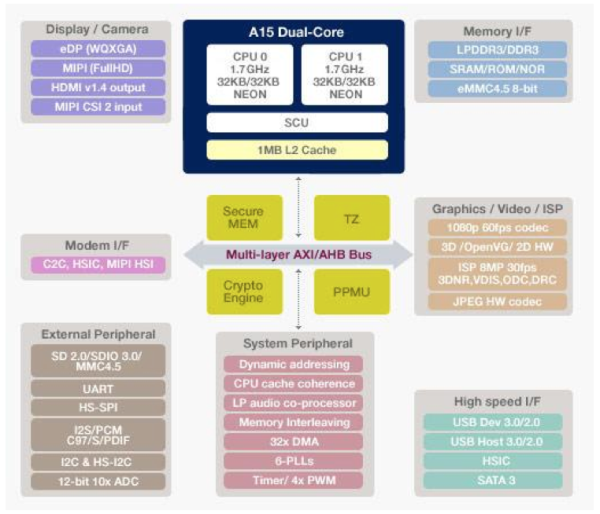
The HDMI output is also a bit hit or miss. Plugging the Chromebook into a relatively modern (~2 year old) Samsung LED backlit LCD HTDV caused the Chromebook to reboot itself. I had better luck by starting with the machine off then plugging in the HDMI cable, which at least gave me the Chrome logo on the TV but then quickly got into a mode where it kept alternating between sending 720p and 1080p signals to the TV, neither of which would go any further than a black screen. Moving my pointer around on the Chromebook itself just gave me a bunch of random visual artifacts (flashing black blocks in the lower quarter of the screen). I don't doubt that the HDMI output will work for some, but don't expect a whole lot of work to be put into compatibility testing there.
The speakers on the new Chromebook are surprisingly good for such a low cost notebook. WiFi is also not bad, with both 2.4GHz and 5GHz 802.11n support. The biggest take away here is that Google and Samsung deliver build quality and some of the chassis features of a value PC notebook for nearly half the price.


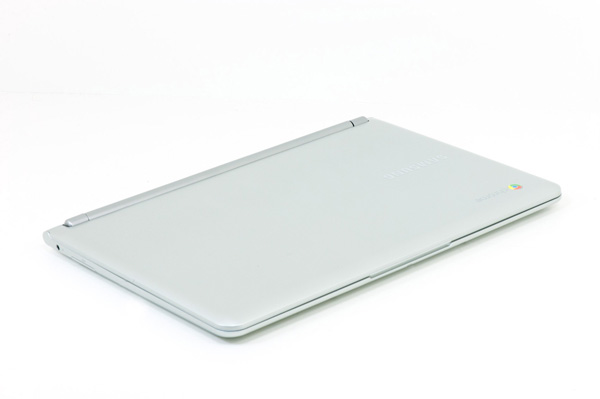
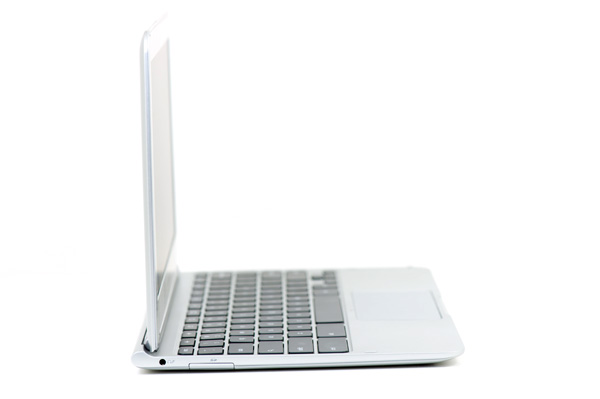
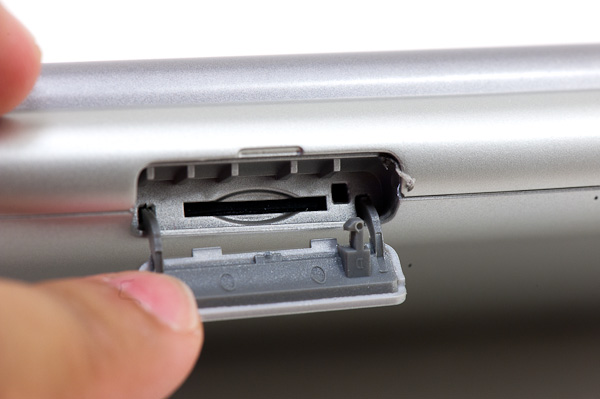
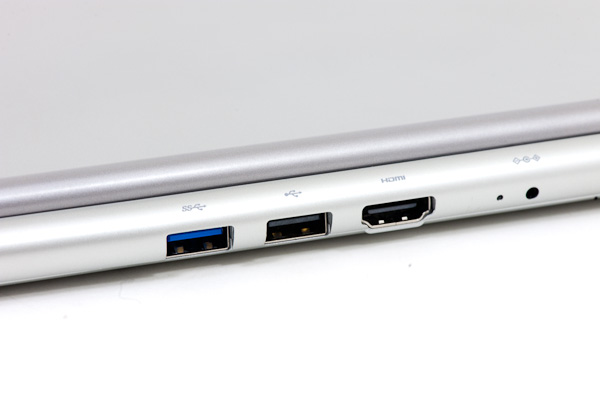
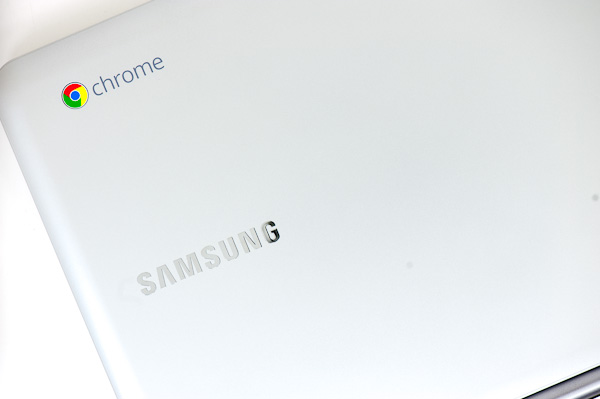








149 Comments
View All Comments
wumpus - Wednesday, October 31, 2012 - link
I would assume that the real issue is if you can wipe chromeOS and replace with the linux of your choice. By the security choices you list, I wouldn't be using any type of windows box. From the comments below, there doesn't appear to be a "plug a USB stick in and hit a button" linux disto yet.jeffkro - Wednesday, October 31, 2012 - link
Look into ixquick if you are worried about search privacy.jeffkro - Wednesday, October 31, 2012 - link
"I'm not sure, but I think there's no choice for editing text apart from Google Docs?"If you are really tied to MS office you can use MS's cloud based office suite.
jjj - Wednesday, October 31, 2012 - link
Nice perf numbers.On power consumption both the software and the hardware are a lot different form a phone so maybe it's not as bad as you think.Now all we need is quad A15 :D (might be doable in tablets/notebooks with bigLITTLE or Nvidia's 4+1 even on 28nm)
Roland00Address - Wednesday, October 31, 2012 - link
It will be 4 A15 cores plus a low power companion core. Who knows when it will be actually in devices.I have not heard any announcements for quad core A15 from other sources (such as Samsung) that said it is going to happen sometime even if it has not been announced.
Jorange - Wednesday, October 31, 2012 - link
Excellent I've been waiting for this review. Exynos 5250 does seem a power hungry chap, which kinda destroys my hopes for a quad-core 5450 / Mali T658 in the next Galaxy phone, unless Samsung move to a new node. There is mention of 28nm process on Samsung's foundry site, combined with Big.little maybe my dreams are alive.Anand, any news when Samsung will adopt a new process node, and will it be 28nm or 22nm?
Work is already underway to port Ubuntu to it:)
http://www.omgubuntu.co.uk/2012/10/ubuntu-12-04-up...
amdwilliam1985 - Wednesday, October 31, 2012 - link
I share your excitement, I have SGS3 and I'm so looking forward to SGS4 and what it can bring to the table. Hopefully some sort of big.LITTLE design to lower the power draw, also there is a trend of bigger battery, hopefully the trend continues without much increasing in the physical size.Krysto - Thursday, November 1, 2012 - link
Why? Samsung will do it just like Nvidia with Tegra 4, and put 1 or 2 Cortex A7 chips next to the A15's, which will handle 80% of the tasks.Aenean144 - Thursday, November 1, 2012 - link
I'm curious how big.LITTLE is going to work in practice. The auto switching between discrete graphics and integrated graphics on laptops may give us a clue on how well it works.Hitting 9 W peak at 1.7 GHz? That's Haswell territory, and I'd surmise Haswell will crush any ARM, even the 64 bit ones in 2014, with a 10 W TDP envelope.
Secondarily, either Samsung is binning some low power parts for the Nexus 10 and prospective smartphones, or they have to downclock. The big question would be how much would they have to downclock.
On to the Nexus 10 analysis.
Kevin G - Wednesday, October 31, 2012 - link
Very respectable performance from the Cortex A15. It'll be interesting to see how it'll fair in a smart phone but the bar has been set.